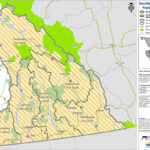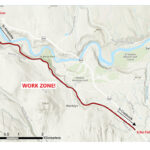Home »

Workplaces need to be prepared in cold weather
WorkSafeBC is reminding employers and workers that this is the time of year when cold weather related injuries are a real and present danger.
For the five-year period 2009 to 2013, 87 workers in B.C. suffered injuries from cold stress. Types of cold stress or cold weather injuries include frostbite, hypothermia, frost-nip, trench foot and Raynaud’s Disorder.
“Cold snaps like we are having can be a serious health and safety concern. When temperatures are expected to drop, employers need to do a risk assessment and create a cold exposure plan before injuries occur,” says Al Johnson, Vice President, Prevention Services, WorkSafeBC.
A cold exposure plan needs to determine who is working where, what they will be exposed to and for how long. The plan may include providing heaters and putting up barriers to block wind chill. It also needs to identify slipping hazards.
Other safety tips include:
– Keep an eye on temperature and wind chill forecasts from Environment Canada;
– Minimize exposed skin to cold temperatures and wind chill;
– Layer clothing to allow sweat to escape and trap heat;
– Keep clothing dry;
– Keep bare hands away from metal objects;
– Stay hydrated but limit the amount of coffee and tea;
– Work rested – fatigue is a risk factor in the cold;
– Wear a hat – body heat escapes through the head;
– Pace any vigorous work with scheduled breaks in warm and dry areas.
“It often happens slowly before people working outside realize they are in danger. Take steps to protect yourself and monitor yourself and your co-workers,” says Johnson.
The warning signs of an impending cold weather injury are:
– Body temperature drops to 96.8 degrees or lower;
– Shivering, confusion, slurred speech, heart rate and breathing slow, loss of consciousness;
– Numbness;
– Reddened skin becomes grey, whites patches develop on skin;
– Skin becomes hard and blisters.
For more information on cold weather injuries, first aid and further safety tips.
WorkSafeBC







